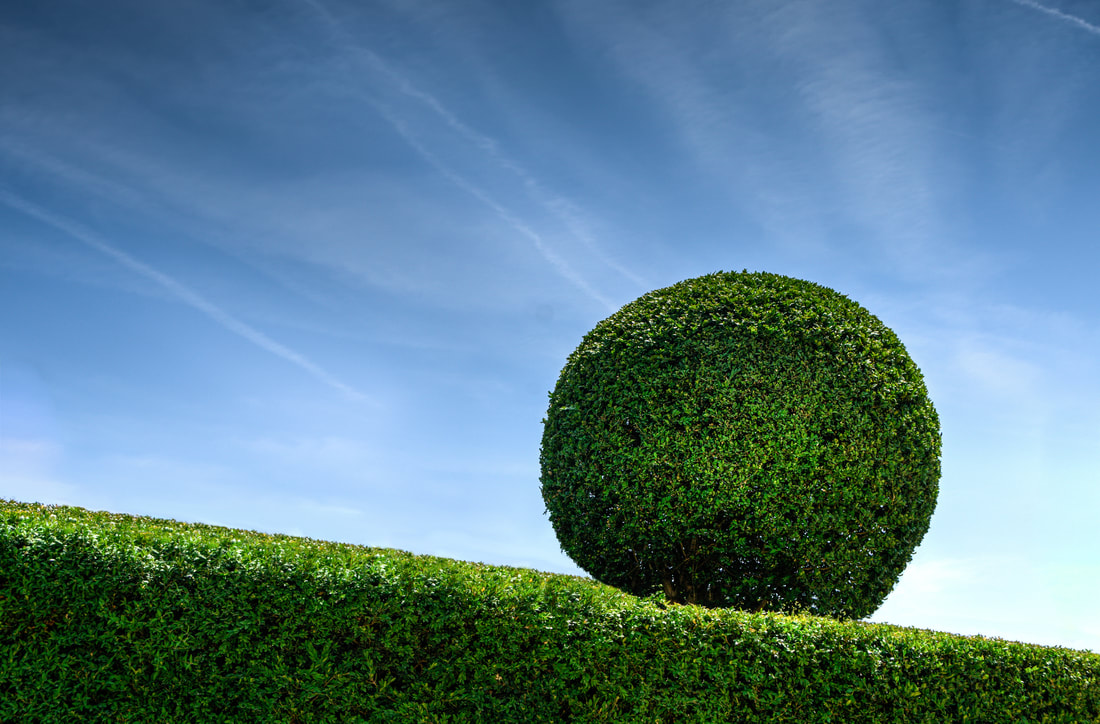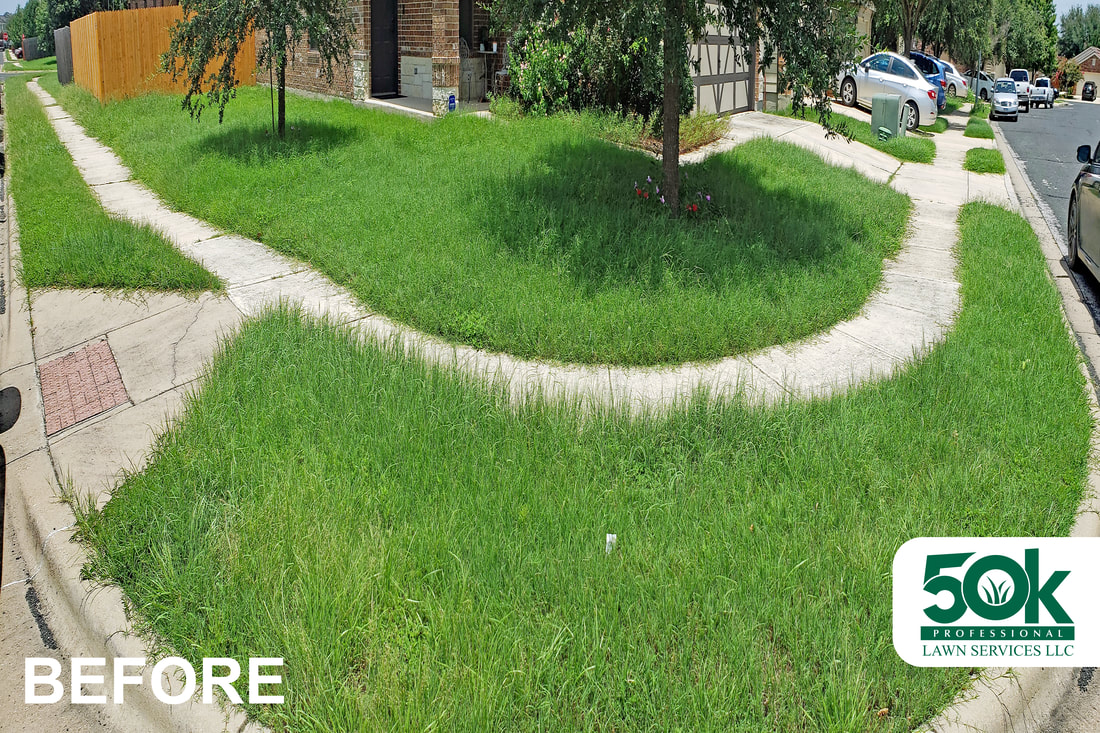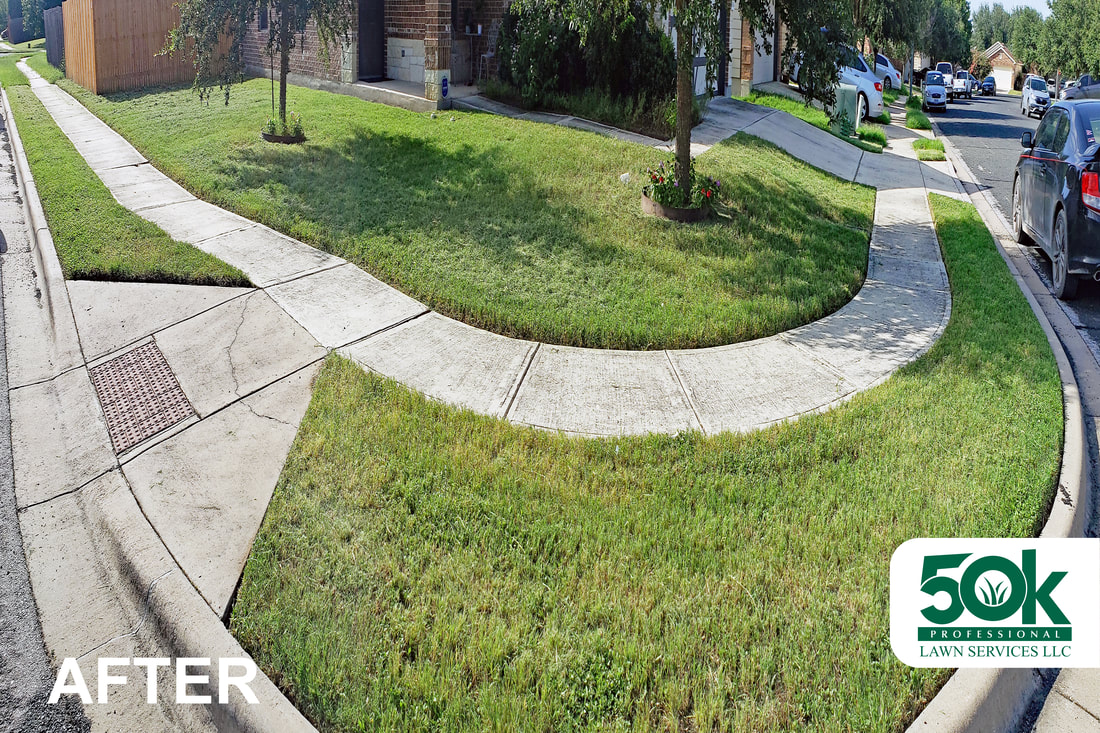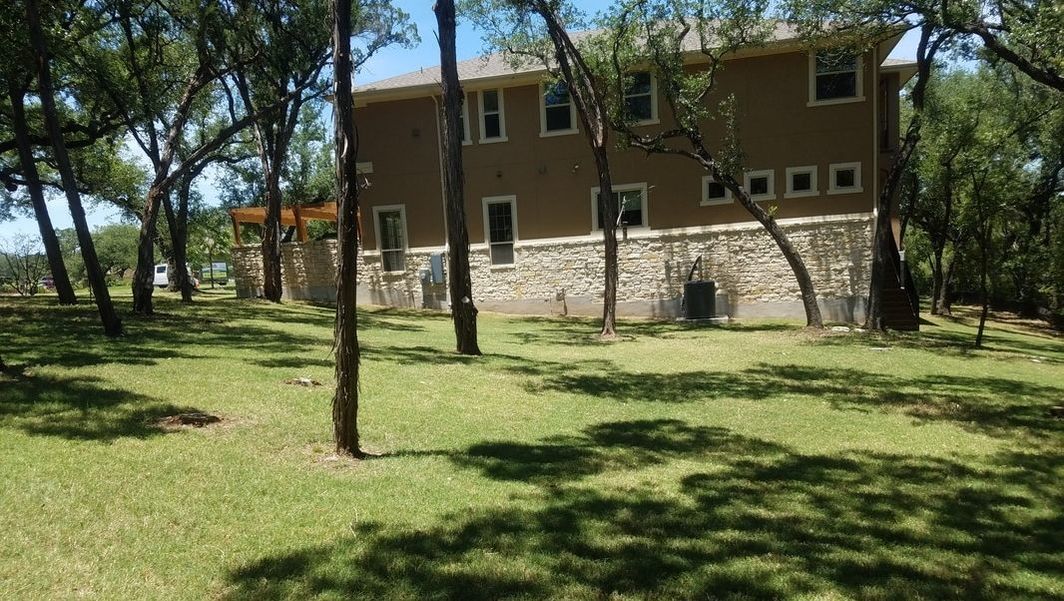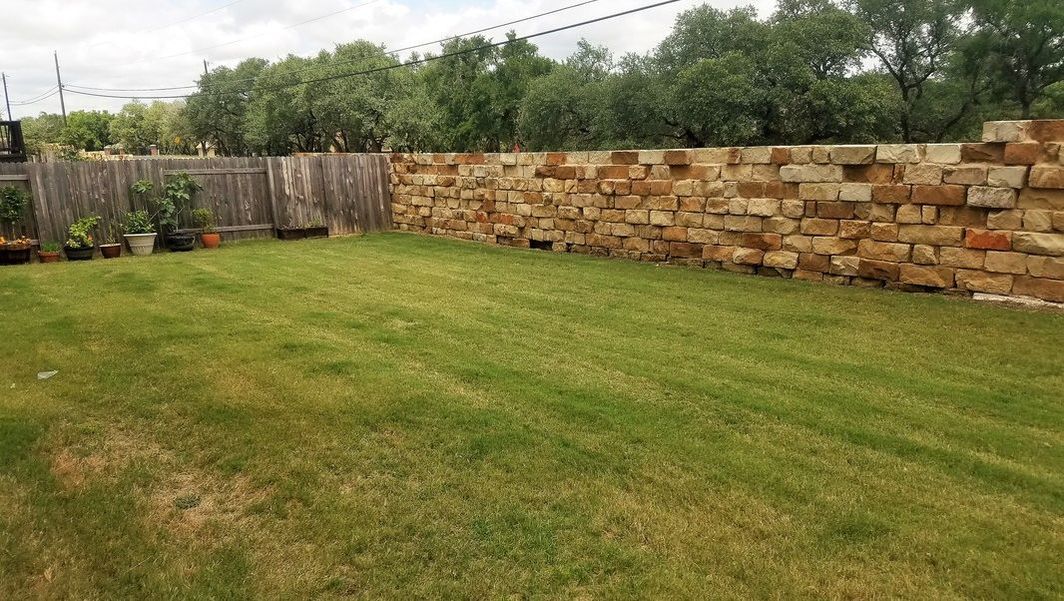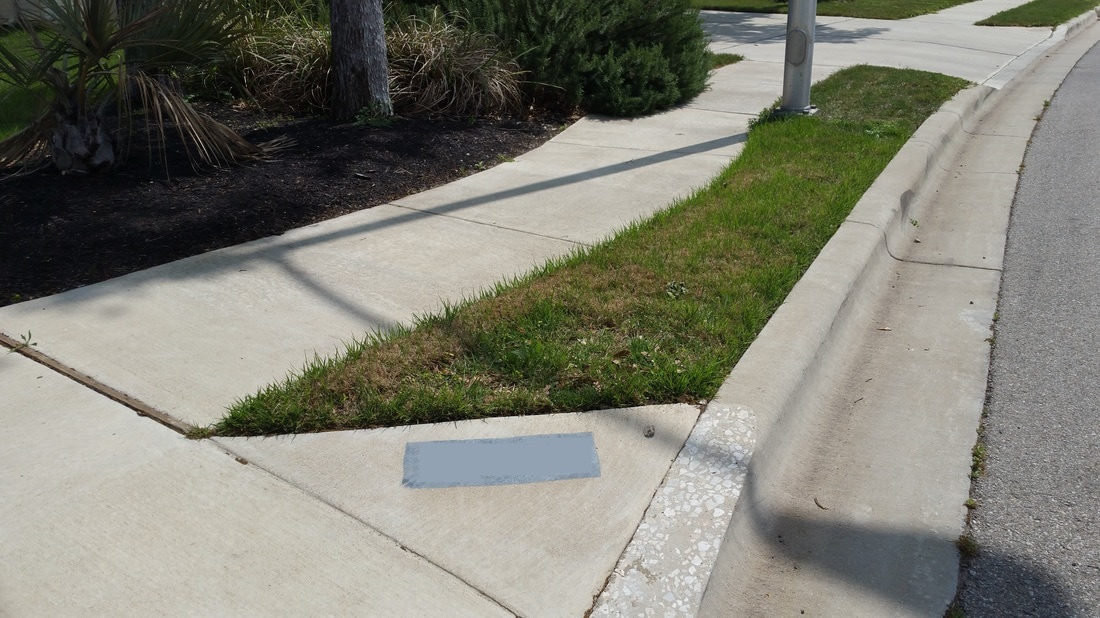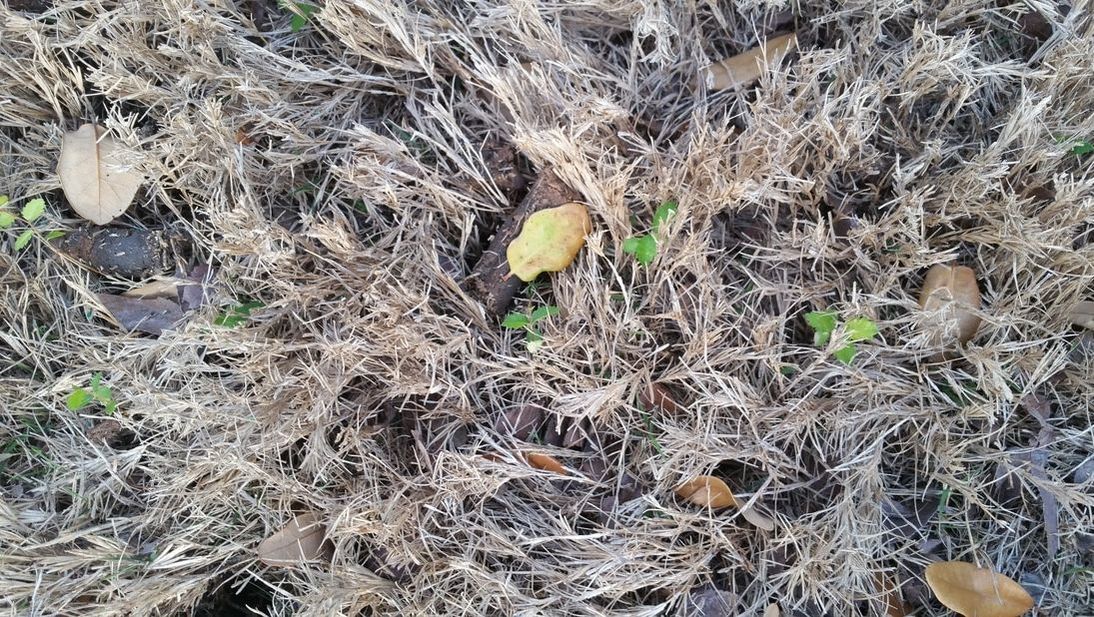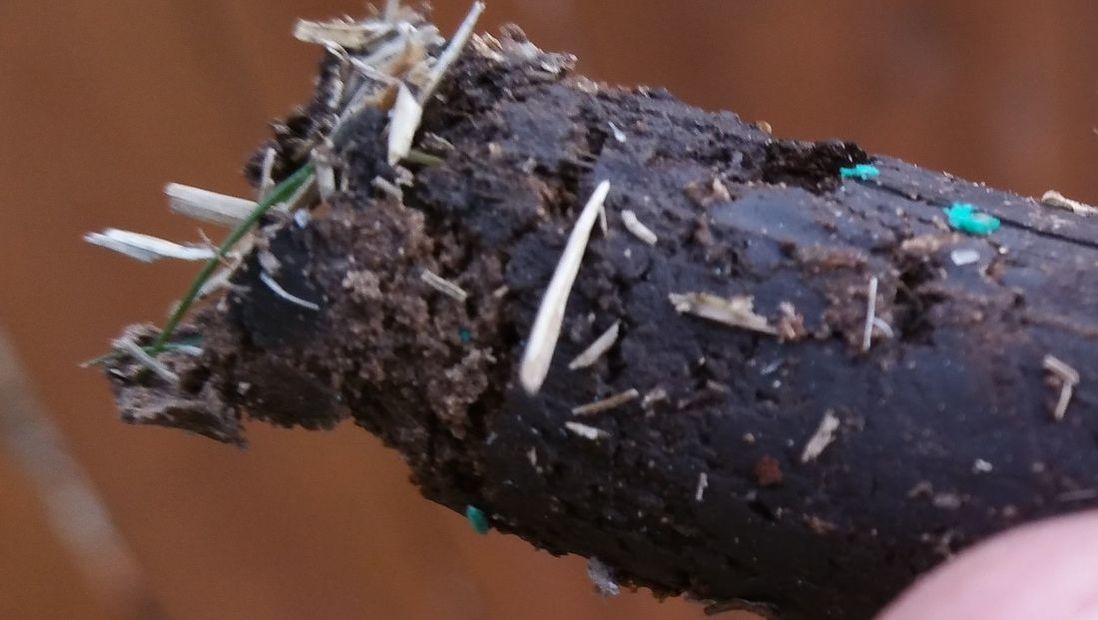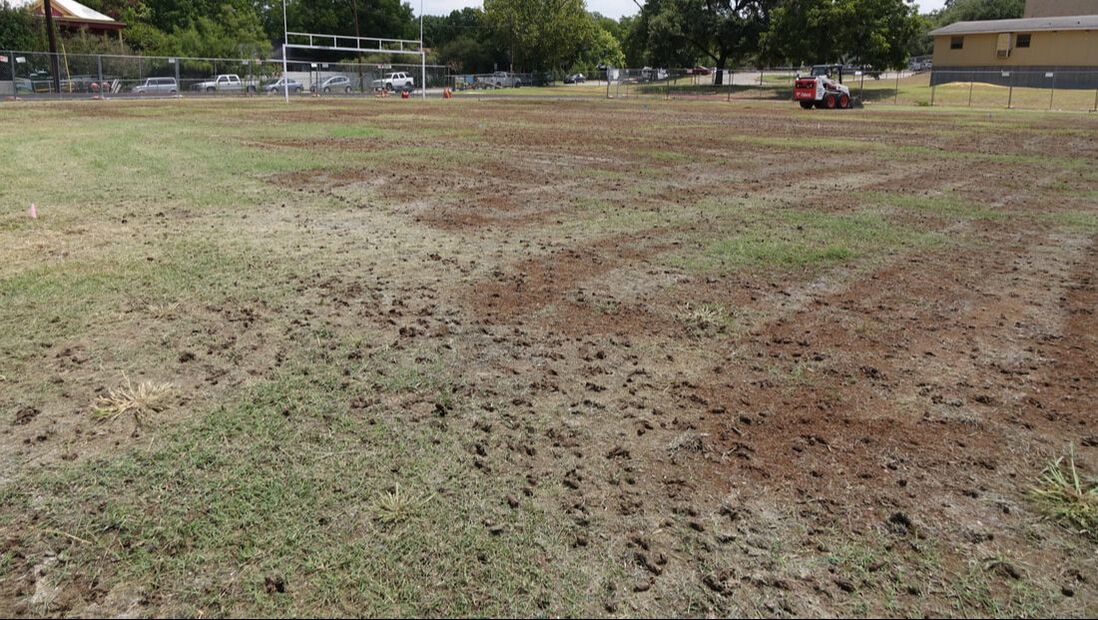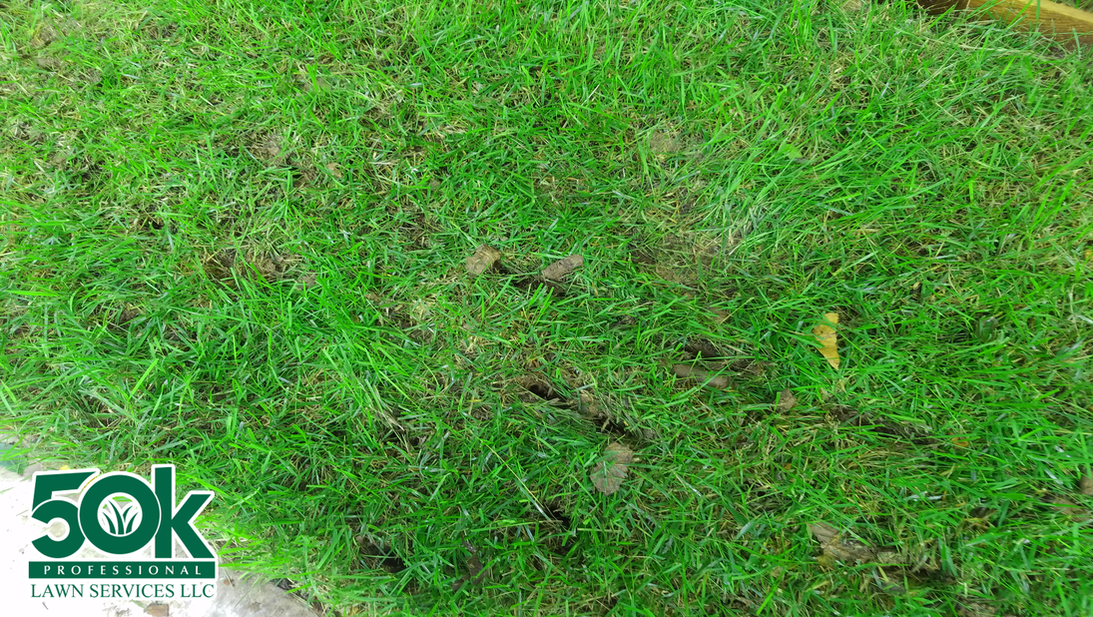|
Updated: 1/23/2018.
What is Shrub Pruning and Trimming? Trimming and pruning are usually used interchangeably by industry professionals. It is because they are for the most part the same. The difference falls to how they are used on the field. Professionals classify trimming as removal of large sections of branches, while pruning becomes more associated with meticulous trimming of the canopy. Generally, when we say trimming or pruning, we normally cut back foliage, seal all wounds as needed (especially with Live Oaks), remove dead branches, and shape the shrub to match the landscape in South Austin. When is the best time to prune shrubs in South Austin? Pruning encourages future growth, and the best time to do this is in Fall and Winter when shrubs are generally dormant. This ensures the shrub remains compact before the growing season. Why do we do it? We trim and prune shrubs as a form of correction for a variety of reasons. In general, trimming is performed to either maintain or cut back the size of a shrub. But it does not just end on that. Sometimes we prune to get a desired shape of the canopy. Other times we trim to encourage growth or decrease weight on certain locations of the shrub for health or safety reasons. There are also times the shrub's crown can be obstructing so much sunlight to the lawn or other smaller plants that it has to be raised. Whatever the case may be, it is important to have your shrubs checked at least once a year. Shaping the shrubs can be aesthetically pleasing as well.
5 Comments
What it is?
Line Trimming is the horizontal cutting of grass in order to restore and maintain a neat look of the lawn. Why we do it? Most of the time there are grass that surrounds locations such as tree trunks, utility lines, small plants, fences and walls. These are tough spots that are inadvisable for lawn mowers to pass through due to possible damage to property and the equipment itself. Line Trimmers are used in order to cut the grass in between these tough spot areas. Lawn professionals don't just cut the grass, they also cut the appropriate grass length in order to make the lawn and the tough spots virtually identical. In this blog post, we answer EVERYTHING about overseeding Zoysia grass, Bermuda grass, and Buffalo grass in Austin, Texas. We will answer the When? The Why? The How? And The What else?
OVERSEEDING ZOYSIA Overseeding Zoysia grass is not a common practice because Zoysia is a warm-season grass that naturally forms a thick, dense carpet-like turf. However, there are situations where overseeding is called for and even beneficial, such as:
To prevent unwanted weed germination organically, follow these strategies:
Here's how to overseed Zoysia grass:
BERMUDA GRASS When overseeding dormant Bermuda grass in early spring, you can use annual ryegrass or a cool-season grass mix containing grasses such as fine fescues, Kentucky bluegrass, and perennial ryegrass. These grasses will provide a green cover during the cool months when Bermuda grass is still dormant and will die off as the temperature rises, allowing Bermuda grass to take over. To prevent unwanted weed germination organically, follow these strategies:
Here's how to overseed Bermuda grass:
Overseeding Buffalo grass is also not a common practice because it is a warm-season grass that typically forms a dense, low-growing turf. However, there may be situations where overseeding can be beneficial, such as:
To prevent unwanted weed germination organically, follow the strategies mentioned earlier for Bermuda grass, as they apply to Buffalo grass as well. Here's how to overseed Buffalo grass:
What?
Our unique practice is to report to you in writing, photo, or video anything we find unusual around or within your property. We report in concise and actionable manner that is available to you immediately after service. At 50K, we are more than just mowing lawns and trimming trees, we work in tandem with you or your property manager for all your lawn maintenance needs. Why? It is the right thing to do because we care. Our goal is not only to maintain, protect, and preserve our client's property, but also to use our resources to build a safer community for all of us. We are that kind of different. Imagine fences an acre away from your porch in total disrepair. Some of our clients indeed get surprised when we report that an impending $3,000 repair could have entirely been avoided with a bucket of paint 5 years ago... had somebody told them. This is very important. You need somebody to trust. That somebody, we believe, is us. We believe that communication is key to any healthy relationship. We maintain a very high quality of service. All our team members are trained to let you know of anything we find on your entire property. Always. We hope this article helps you out in learning more about our Perimeter Report. Feel free to contact 50K whenever you need professional help. Edging... The What?
Edging is the vertical cutting of a lawn's edges in order to create a neat perimeter surrounding the lawn. It is a detailing procedure that professionals do to increase the lawn's curb appeal. Edging... The Why? Edging serves as an additional barrier to prevent grass roots from invading neighboring areas (such as plant beds, or driveways). Edging... The How? When edging, you need to be very careful not to damage the driveway, street, or the turf. It is very crucial that you only edge where it is needed. We recommend that you avoid edging using a line trimmer as debris may damage properties or hurt people nearby. Use only proper equipment and a lot of precaution. Our practice is to err on the side of caution. We rather close the entire lot or walkway to avoid injuries rather than leaving it open and have somebody get hurt. Once you have closed down the perimeter, start slow and make sure you are walking on a straight line. Concentrate on the distance of your edger and the turf. Ensure that you know where exactly the blade will hit. Give a slow and gentle squeeze on the throttle and only give what is required. If you push too hard, you will dull the blades right away and waste gas. When you are about to hit the corner, go very slow until you are about to hit the edge, then stop. Position yourself on the adjacent side, again starting slow, and repeating the process all over again until you are finished. We hope our little article helps you push yourself to the edge. Give us a call here at 50K whenever you need any expert assistance. Updated: 6/21/2019How to Properly Mow a Lawn? Best Practices.Before mowing your lawn, you need to know the type of grass you will be mowing and whether it is the growing season (Spring or Fall) or the dry season (Summer or Winter). Generally, you should avoid cutting off more than 1/3rd of the total grass height. Cutting more than 1/3 creates burn marks common to overgrown and neglected lawns. Under trees or shaded areas, we recommend to keep the turf height at a minimum of 3" because there is added competition for water and nutrients. It is normally better to let the weedeater do the work around these areas as it will be able to blend the grass height in such a way that a mower can't. We also recommend maintaining the turf height to at least 2.5" high for purposes of weed prevention and control. Mowing too low may encourage crabgrass and dandelions to germinate. Furthermore, only bag clippings when there is weed presence. This helps lessen weed infestation. Once you have the weeds under control, mulch the grass clippings back to the lawn is highly recommended. Nutrients from the grass blade clippings will be reabsorbed by the lawn which helps deepen root growth. If leaves are present, blow them back to the lawn and run them over with a mower. This will mulch the leaves, helping the lawn to reabsorb the nutrients much easier. For equipment, make sure to sharpen your mower blades before every use. Dull blades make rugged cuts which makes the lawn much weaker. Imagine having multiple bruises instead of just one. It increases the chance of diseases and pests aside from making the overall look of your lawn... well... below average. INDUSTRY SECRET:Ask if your lawn care provider would sub-contract the work. If so, this is a strong red flag. Sub-contractors are more likely to skimp on maintenance. They acquire contracts by bidding very low. If your lawn care provider has a mowing crew, ask how often they maintain their equipment. Everyday is optimal. Once every week is about average. Once every season is poor. When mowing the lawn, the best practice is to survey the area first by clearing debris that may be on the way of your lawn mower. Doing this lessens down time and costs for repairing broken or bent blades. A replacement OEM blade for a 21" mower may cost you up to $40. After the clean up, mow around the perimeter to get a good look of the entire area. Identify where to cut high, short, or not at all. This also serves as a check to your initial clean up. You may have missed a couple of toys, rocks, tree branches, etc. After the perimeter cut, you may cut horizontally, diagonally, or vertically. You may even create imaginary squares or rectangles for larger lawns. Try to stick to one approach from beginning to end. This way you can vary the direction of mowing to lessen compaction and increase flatness. We recommend maintaining a slight overlap when mowing to achieve uniformed results. No matter what direction you choose to cut, you will need to mow on a straight path. To mow as straight as possible, avoid looking at the turf you are currently mowing. Instead, look straight ahead and lock your eyes on a targeted object far away, usually by the fence line or garden bed, and then mow towards it. After the pass, repeat the procedures on the next turn until you finish the entire yard. INDUSTRY TIP:When mowing using a zero-turn mower, avoid turning without both wheels slightly moving. A 360-degree turn will almost always create rot and scalp marks. If for some reason this happened to you, re-lay the grass, add compost, water the area, and re-flatten flatten. This helps repair the damage much faster. CONCLUSIONMowing is a highly repetitive task that requires some technical skill in small engine and blade maintenance, and a significant time to learn the skills needed. While there is no shortcut to good old hard work, the trick to success is to be as consistent as possible. Keep our recommendations in mind, have a keen attention to detail, and you are on your way to a great looking lawn. We hope our article has helped you better understand how to properly mow a lawn. If you need professional lawn care assistance, please don't hesitate to contact us at 844-50K-LAWN (844-505-5296). RELATED: The Ultimate Free Organic Best Practices Lawn Care Service Guide Updated: 6/6/2017What is Fertilization?Fertilization is the mixture of a substance that helps make the soil healthy for plant growth. There are two kinds of fertilizers: 1. Organic Fertilizers consist of any natural based substances such as animal manure, wood ash, vermiculture, and other decomposing materials. 2. Inorganic Fertilizers are man-made synthetic fertilizers that come in the form of pellets, powder granules, and liquid which consists of Nitrogen (N), Potassium (K), Phosphorus (P) and Magnesium (Mg).
Which type of fertilizer should I use?Our position is to use organic fertilizers on most situations. Organic fertilizers takes a lot more work when compared to inorganic fertilizers, but are safer for the environment. Excessive nitrates from inorganic fertilizers, also known as synthetic fertilizers, can infiltrate the local sewerage system, local rivers, and natural ponds and negatively affect the existing ecosystem. Because of this reason, we only use organic fertilizers that came from milking cow manure, wood shavings, leaf shavings, grass clippings, vermiculture, among other organic materials to control soil nutrient levels. Unlike inorganic fertilizers, organic fertilizers will not burn your lawn or kill your plants because of over application of synthetic nitrates. It is impossible to over fertilizer with organic fertilizers. Organic fertilizers naturally breakdown using time, wind, sun, and the local ecosystem. Why do we do it?Fertilization infuses nutrients into the soil to help plants achieve optimal health. It also increases earthworm population which is highly beneficial to the turf's development. Earthworms excrete waste materials called castings which consist of Phosphorus, Calcium, Nitrogen and Magnesium, that encourages strong development of the root system. By adding macro and micro nutrients into the soil, grass grows greener which repairs damaged lawn and lessens the chances of weed infestation.
Updated: 10/15/2021
Spike/Tine vs Core AerationAccording to Penn State University, "Equipment having solid tines or spikes should not be mistaken for aerating equipment. Aerators always remove a soil core whereas solid tine spikers do not. Spikers actually increase soil compaction as the movement of the soil to all sides by the penetration of the solid tine forces the soil into a denser mass." This is one of the reasons why we always use a core aerator on lawns. Aeration is performed by extracting 1/2 to 3/4 inch diameter cores of soil and depositing them on your lawn. These holes are typically 1-4 inches deep and 3-6 inches apart. We do multiple passes in order to alleviate soil compaction: from left to right, top-down, and diagonally.
Industry SecretLeave plugs and other aerated debris on the lawn. They are good for your lawn and will naturally wash away in a few days. When to Aerate?Aerate at least once a year during the growing season in Spring is a general rule of thumb. However, aerating twice a year, once in Spring and another in Fall, is recommended when any of these are true:1. at any point during the year the thatch is greater than half an inch, 2. the lawn gets regular foot traffic, or 3.the soil feels spongy for days on end after a rain. Myth: Remember that you can still aerate even after a herbicide application. Research has shown that aeration has no effect on herbicide effectiveness. Insider TipMake sure to aerate areas people use as "shortcuts". Better yet, add a Ground Cover. We typically lay gravel, pea gravel, decomposed granite, or flag stones on pathways. Frequently Asked Questions (FAQ) About Our Lawn Aeration ServiceHow much does it cost to aerate a lawn in South Austin? Lawns in South Austin on average are about 5,000 square feet, and we typically charge $149.99. Would you be able to aerate lawns with a Sprinkler System? Yes. We would require access to your controller to manually activate your sprinkler system. This is the only way for us to flag each heads properly and note the locations of underground water pipes on your lawn. How soon do you schedule? If you approve on or before Thursday, we typically schedule you within the same week. Anytime after Thursday, you will get bumped to the upcoming week. My backyard can only be accessed through a stairs, would this be a problem? We can service backyards with stairs. Our crew will just need to carry the equipment to your lawn. A question from Austin, Texas: Why do we prune trees anyways and when to Do It?
There are a number of reasons why to do them.
When is the best time to Prune and Trim?
We hope our article helps you branch out with your lawn adventure. Don't hesitate to call us here at 50K for any expert assistance. |
Call or Text |
